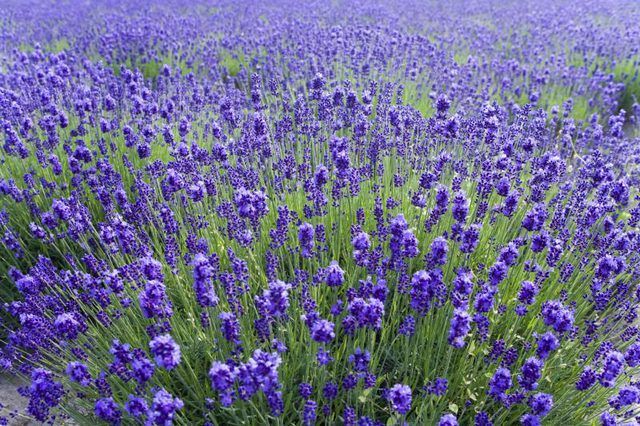Bulbs
Flower Basics
Flower Beds & Specialty Gardens
Flower Garden
Garden Furniture
Garden Gnomes
Garden Seeds
Garden Sheds
Garden Statues
Garden Tools & Supplies
Gardening Basics
Green & Organic
Groundcovers & Vines
Growing Annuals
Growing Basil
Growing Beans
Growing Berries
Growing Blueberries
Growing Cactus
Growing Corn
Growing Cotton
Growing Edibles
Growing Flowers
Growing Garlic
Growing Grapes
Growing Grass
Growing Herbs
Growing Jasmine
Growing Mint
Growing Mushrooms
Orchids
Growing Peanuts
Growing Perennials
Growing Plants
Growing Rosemary
Growing Roses
Growing Strawberries
Growing Sunflowers
Growing Thyme
Growing Tomatoes
Growing Tulips
Growing Vegetables
Herb Basics
Herb Garden
Indoor Growing
Landscaping Basics
Landscaping Patios
Landscaping Plants
Landscaping Shrubs
Landscaping Trees
Landscaping Walks & Pathways
Lawn Basics
Lawn Maintenance
Lawn Mowers
Lawn Ornaments
Lawn Planting
Lawn Tools
Outdoor Growing
Overall Landscape Planning
Pests, Weeds & Problems
Plant Basics
Rock Garden
Rose Garden
Shrubs
Soil
Specialty Gardens
Trees
Vegetable Garden
Yard Maintenance
How to Grow Lavender from Cuttings
How to Grow Lavender from Cuttings. Lavender (Lavandula) is a shrubby herb that produces fragrant spikes of purple flowers. Depending on the species, it can grow in U.S. Department of Agriculture plant hardiness zones 5 to 9. You can readily propagate this popular herb with stem cuttings collected from healthy plants.

Lavender (Lavandula) is a shrubby herb that produces fragrant spikes of purple flowers. Depending on the species, it can grow in U.S. Department of Agriculture plant hardiness zones 5 to 9. You can readily propagate this popular herb with stem cuttings collected from healthy plants.
Choose the Cuttings
Before cutting any portions of the plant, disinfect your pruning scissors in a solution of 25 percent household bleach and 75 percent water. Soak the scissors for five minutes; rinse them with water and allow them to air dry.
Chose your cuttings from clusters of new, soft growth over the summer months. The previous year's growth, which should be avoided, is harder and darker in color.
Remove the flower spikes, but keep at least two to four nodes, the area where the main stem meets the side stems, intact. Use disinfected pruning scissors to remove leaves where they join at the stems.
Sprouting From Cuttings
Immediately put the end of the cuttings into a moist growing medium such as vermiculite. Use a pot that is at least 2 inches deep and has bottom drainage holes. Place the pot in a location that has good air circulation, which prompts root growth.
New roots should begin to grow within about three weeks. When the roots are about 1 inch long, move the new plants into soil. You can check the root length by gently pushing away some of the vermiculite and examining the roots.
Move to Soil
Gently remove the plants from the growing medium and brush away as much of the medium as possible without damaging the plant. Using 2 1/2-inch pots with bottom holes, mix a combination of one-third peat, one-third perlite and one-third compost.
Plant the cuttings in the newly prepared pots so that the tender roots are completely covered in the soil mixture. Place the pots in a shaded area outdoors during the spring or summer, or keep them indoors during fall and winter.
Ideal Environment
Once the plants are well-rooted into their pots, they can be moved to an outdoor garden area, as long as you live within the appropriate USDA hardiness zones. Late summer or early fall is best for transplanting lavender into the ground in locations with mild winters, while early spring is best for areas with severe winters. You can tell when the plants are strong enough to transplant by tugging gently on them. The lavender should give resistance and remain in the soil with a gentle pull, indicating that the roots have set.
Lavender grows well in a wide variety of soils, although it does not particularly like clay. Plant the lavender root balls 3 feet apart in a standard garden setting, or as little as 1 foot apart for a hedgerow.